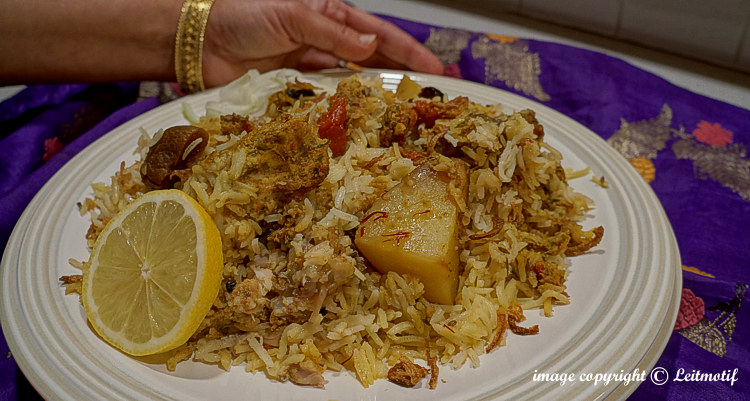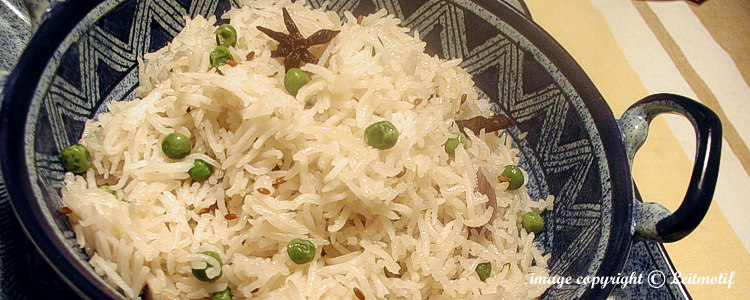Cooking biryani demands that I be in a bucolic if not sanguine state of mind – a well-tempered cook. The process can be quite laborious, but because the final result is so gob-smacking great, any Indian cook worth his or her salt will create this dish on special occasions – celebrations, big Sunday lunches and the like. It’s an absolute must for weddings of course, at which a professional cook or khansama, usually male, is employed. This khansama will bring along his helpers, utensils, charcoal stoves, ingredients and probably live chickens to the venue early in the morning. To watch the maestro go through the the various stages of preparation is fascinating if not mystifying, and epitomizes my approach to cooking. Ingredients are arbitrarily measured, spices vanish into the fire with a sleight of hand, and occasionally cooking time is measured by how long it takes the cook to smoke a certain number of cigarettes or bidis! Trust me, this almost haphazard style eventually served up a ‘haute cuisine’ creation that was worthy of Moghul royalty and we all felt like one when we ate it. My own mother would cook biryani in a a huge brass vessel (50 people for a birthday dinner was the norm) using the traditional Dum Pakht technique or the slow cooking technique over a low charcoal fire. The fragrant rice and spiced meat (usually mutton/goat) were layered in the vessel or hundi and the lid glued to the vessel with a thick paste of flour and water so as not to let the steam escape.
Articles tagged with: rice
Matar Pulao ~ Fried Basmati Rice with Green Peas
A pulao is rice sauteed in ghee, onions, ginger & garlic and cooked with spices. Vegetables or meat can be added, though vegetables (commonly peas, carrots, cauliflower, green beans) are a more popular option. The rice grains in the pulao should be perfectly cooked – each individual grain must be identifiable, the consistency of the rice soft, not lumpy or mushy.


